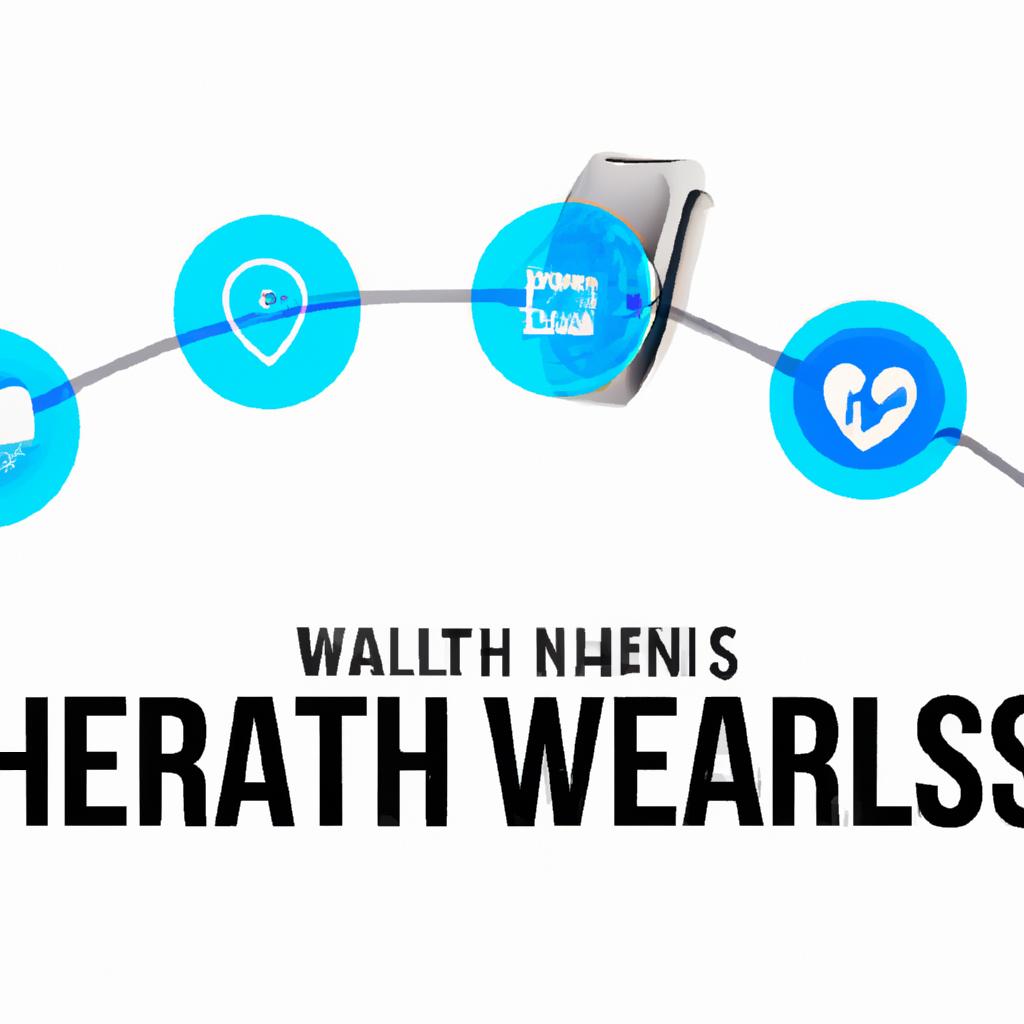Smart Wearables: An In-Depth Look at How AI-Driven Health Metrics are Revolutionizing Personal Training
# Smart Wearables: An In-Depth Look at How AI-Driven Health Metrics are Revolutionizing Personal Training
In recent years, smart wearables have transitioned from niche gadgets to essential tools that enhance our understanding of health and fitness. With the integration of artificial intelligence (AI) and advanced health metrics, these devices are transforming personal training into a data-driven, personalized journey. This blog post explores how AI-driven health metrics are reshaping the fitness landscape, offering insights into nutrition, exercise, and overall health benefits.
## The Rise of Smart Wearables
### What Are Smart Wearables?
Smart wearables refer to devices such as fitness trackers, smartwatches, and health-monitoring gadgets that collect data about the user’s physical activities, health metrics, and overall well-being. These devices typically include sensors that monitor heart rate, sleep patterns, activity levels, and even blood oxygen saturation. Coupled with AI algorithms, they can analyze this data to provide actionable insights.
### How AI Enhances Wearable Technology
Artificial intelligence plays a pivotal role in the functionality of smart wearables. By processing vast amounts of data, AI algorithms can recognize patterns and trends that may not be immediately obvious to users. This capability allows for personalized recommendations based on individual health metrics, which can lead to more effective training regimens and healthier lifestyle choices.
## Nutrition Tips
### Tailoring Your Diet with AI Insights
Smart wearables are not just about tracking physical activity; they can also guide dietary choices. Many devices come equipped with nutrition apps that analyze users’ eating habits and caloric intake, helping them make healthier choices. Here are some tips to optimize your nutrition using AI-driven insights:
– **Monitor Macros**: Use your wearable to track macronutrients (carbohydrates, proteins, and fats) based on your fitness goals. AI can suggest adjustments to meet your caloric and nutritional requirements.
– **Hydration Tracking**: Ensure you stay hydrated by setting reminders on your device. AI can analyze your activity levels and recommend optimal water intake.
– **Meal Timing**: Some wearables can suggest when to eat based on your workout schedules and recovery needs, helping you optimize nutrient timing for better performance.
## Exercise Advice
### Personalized Workout Plans
AI-driven smart wearables can create personalized workout plans that adapt to your progress and fitness goals. Here’s how to make the most of these features:
– **Set Realistic Goals**: Use the data collected by your wearable to establish achievable fitness goals. Whether it’s losing weight, building muscle, or improving endurance, setting realistic targets is crucial for long-term success.
– **Track Performance**: Regularly monitor metrics like heart rate, calories burned, and workout intensity. AI can analyze this data to recommend adjustments to your routine, ensuring you’re constantly challenged.
– **Recovery Time**: Pay attention to recovery metrics provided by your device. AI can suggest optimal rest periods and workouts based on your fatigue levels, helping to prevent overtraining and injuries.
## Health Benefits
### Comprehensive Health Monitoring
One of the standout features of smart wearables is their ability to monitor various health metrics continuously. Here are some of the key health benefits:
– **Heart Health**: Continuous heart rate monitoring can help detect irregularities, allowing for early intervention if necessary. AI analyzes these patterns and can provide alerts for abnormal readings.
– **Sleep Quality**: Many wearables track sleep patterns, providing insights into sleep quality and duration. Understanding your sleep cycles can lead to better recovery and overall health.
– **Stress Management**: Some devices include stress tracking features, utilizing metrics like heart rate variability (HRV) to indicate stress levels. AI-driven suggestions can help users engage in stress-reducing activities like meditation or deep breathing exercises.
## Conclusion
The integration of AI-driven health metrics into smart wearables is revolutionizing personal training by providing users with tailored insights into nutrition, exercise, and overall health. With personalized nutrition tips, adaptive workout plans, and comprehensive health monitoring, these devices empower individuals to take control of their fitness journeys. As technology continues to evolve, the potential for smart wearables to enhance our health and well-being is limitless, making them indispensable tools in our quest for a healthier lifestyle.















Post Comment